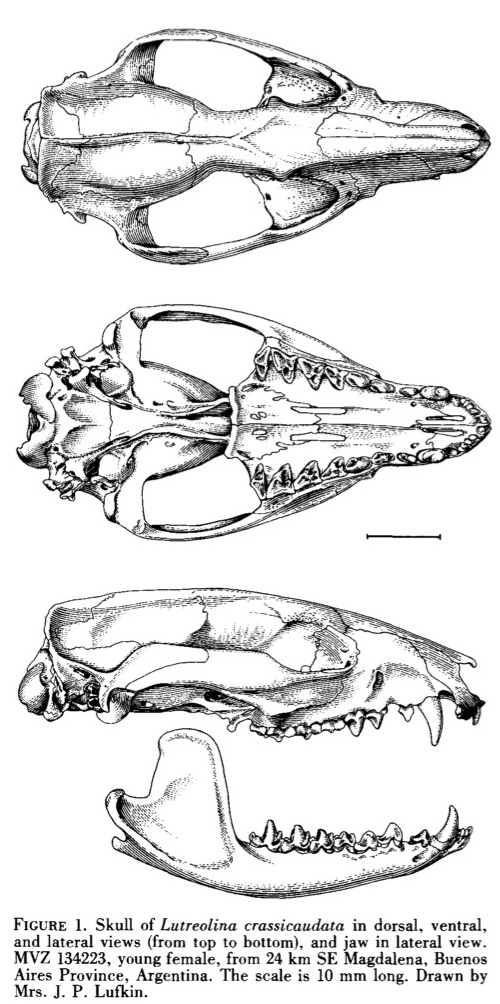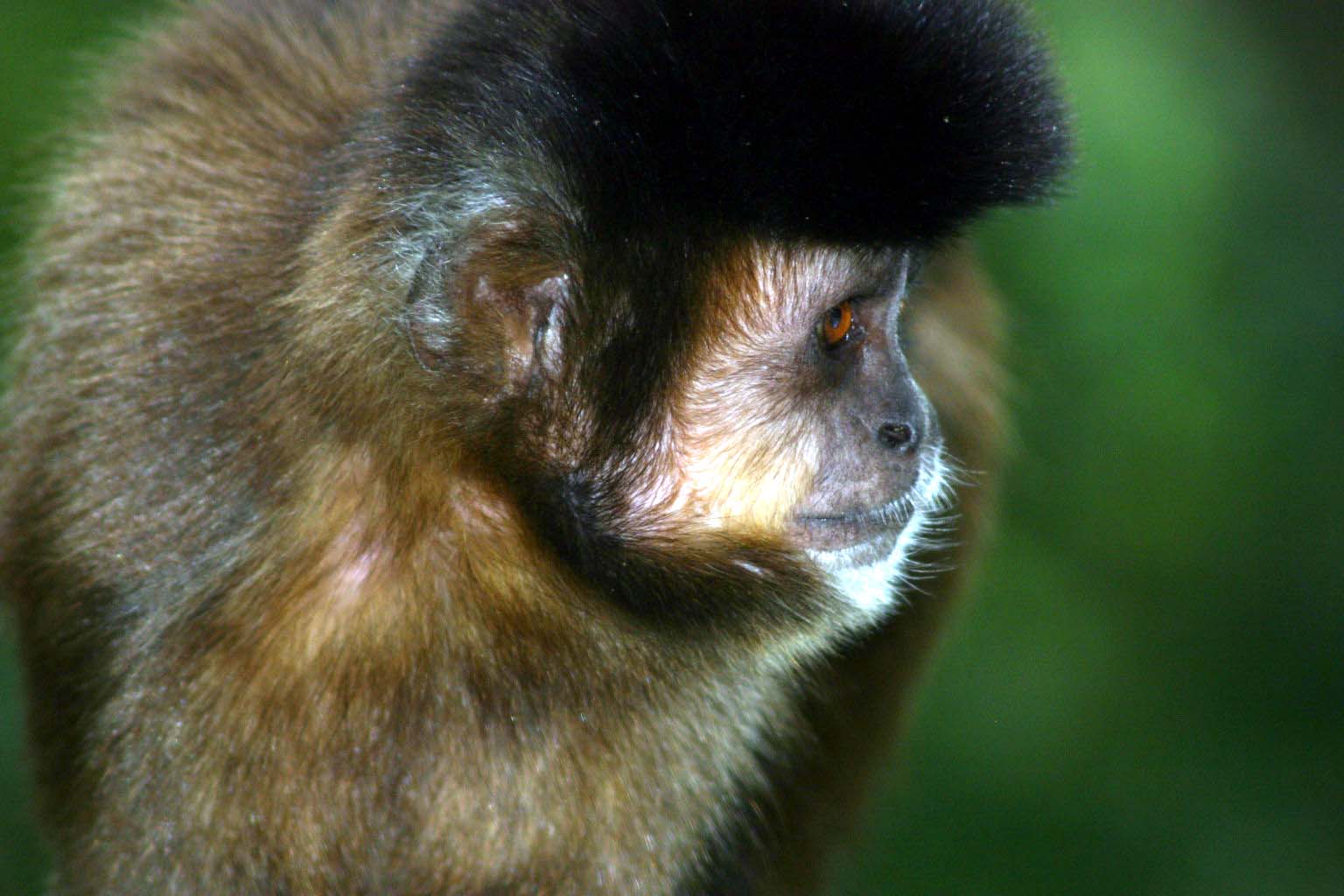|
Vinhedo
Vinhedo is a municipality in the state of São Paulo in Brazil. It is part of the Metropolitan Region of Campinas. The population in 2020 was 80,111 and its area is . It has a population density of 777 inhabitants per square kilometer. The elevation is . Vinhedo is 96% urbanized and It was founded in 1949. Vinhedo is ranked 13th of the 5,565 municipalities in the 2010 Brazilian Municipal Development Index (FMDI), and 6th among the municipalities in the state of São Paulo. It had a per capita income of $638.17 in 2010 and an extreme poverty rate (defined as under $30 per year) of 0.13%. The municipality has made significant progress in the implementation of the digital city concept (11th in the state of São Paulo, which is defined as the level of digital infrastructure and services available to residents. History The region of the São Paulo plateau was inhabited by several indigenous groups, some from the coast, who sought refuge from the wars and slavery of the Iberian settlers ... [...More Info...] [...Related Items...] OR: [Wikipedia] [Google] [Baidu] |
Metropolitan Region Of Campinas
{{SaoPauloState-geo-stub ...
The Metropolitan Region of Campinas ( pt, Região Metropolitana de Campinas) is an administrative division of the state of São Paulo in Brazil. It was created in 2000, and consists of the following municipalities: * Americana * Artur Nogueira *Campinas *Cosmópolis *Engenheiro Coelho *Holambra *Hortolândia *Indaiatuba *Itatiba * Jaguariúna *Monte Mor *Morungaba *Nova Odessa *Paulínia * Pedreira *Santa Bárbara d'Oeste *Santo Antônio de Posse *Sumaré *Valinhos * Vinhedo References Campinas Campinas (, ''Plains'' or ''Meadows'') is a Brazilian municipality in São Paulo State, part of the country's Southeast Region. According to the 2020 estimate, the city's population is 1,213,792, making it the fourteenth most populous Brazilian ... [...More Info...] [...Related Items...] OR: [Wikipedia] [Google] [Baidu] |
São Paulo (state)
São Paulo () is one of the Federative units of Brazil, 26 states of the Brazil, Federative Republic of Brazil and is named after Paul of Tarsus, Saint Paul of Tarsus. A major industrial complex, the state has 21.9% of the Brazilian population and is responsible for 33.9% of Brazil's GDP. São Paulo also has the List of Brazilian federative units by Human Development Index, second-highest Human Development Index (HDI) and GDP per capita, the List of Brazilian states by infant mortality, fourth-lowest infant mortality rate, the List of Brazilian states by life expectancy, third-highest life expectancy, and the List of Brazilian states by literacy rate, third-lowest rate of illiteracy among the federative units of Brazil. São Paulo alone is wealthier than Argentina, Uruguay, Paraguay, and Bolivia combined. São Paulo is also the world's twenty-eighth-most populous Administrative division, sub-national entity and the most populous sub-national entity in the Americas. With more than 4 ... [...More Info...] [...Related Items...] OR: [Wikipedia] [Google] [Baidu] |
Municipalities Of Brazil
The municipalities of Brazil ( pt, municípios do Brasil) are administrative divisions of the Brazilian states. Brazil currently has 5,570 municipalities, which, given the 2019 population estimate of 210,147,125, makes an average municipality population of 37,728 inhabitants. The average state in Brazil has 214 municipalities. Roraima is the least subdivided state, with 15 municipalities, while Minas Gerais is the most subdivided state, with 853. The Federal District cannot be divided into municipalities, which is why its territory is composed of several administrative regions. These regions are directly managed by the government of the Federal District, which exercises constitutional and legal powers that are equivalent to those of the states, as well as those of the municipalities, thus simultaneously assuming all the obligations arising from them. The 1988 Brazilian Constitution treats the municipalities as parts of the Federation and not simply dependent subdivisions of ... [...More Info...] [...Related Items...] OR: [Wikipedia] [Google] [Baidu] |
Balfourodendron Riedellianum
''Balfourodendron'' is a genus of plant in family Rutaceae. It contains the following species: * ''Balfourodendron eburneum'' * ''Balfourodendron molle'' * ''Balfourodendron riedelianum ''Balfourodendron riedelianum'', known as marfim in Portuguese, is a species of flowering tree in the rue family, Rutaceae. It is native to Argentina, Brazil, and Paraguay Paraguay (; ), officially the Republic of Paraguay ( es, Repúblic ...'', Engl. References Zanthoxyloideae genera Taxonomy articles created by Polbot {{Rutaceae-stub ... [...More Info...] [...Related Items...] OR: [Wikipedia] [Google] [Baidu] |
Sciurus Ingrami
''Sciurus ingrami'', usually called Ingram's squirrel in English, is a squirrel found in South America. It is known as ''serelepe'' in southeastern Brazil. It is found in the Atlantic Forest Biome of Brazil and Misiones Province, Argentina. It is regarded variously as a species, or as a subspecies of the Brazilian Squirrel ''Sciurus aestuans'' or ''Guerlinguetus brasiliensis''. It is solitary and territorial, but has been seen to act together and mob a predatory cat, the margay. Diet In the moist highland forests of ''Araucaria angustifolia'' on the Misiones plateau and surrounding areas this squirrel subsists mostly on the nuts of ''Syagrus romanzoffiana''. In a secondary ''Araucaria angustifolia'' forest in the Parque Recreativo Primavera in the vicinity of the city of Curitiba, Paraná, 1400 hours in a single year's time was spent observing the feeding behaviour of this squirrel. Although it fed on ten plant species, it obtained most of its diet from the nuts of ''Syagrus ... [...More Info...] [...Related Items...] OR: [Wikipedia] [Google] [Baidu] |
Sylvilagus Brasiliensis
The common tapeti (''Sylvilagus brasiliensis''), also known as the Brazilian cottontail, forest cottontail, or (formerly) simply tapeti is a species of cottontail rabbit. It is small to medium-sized with a small, dark tail, short hind feet, and short ears. As traditionally defined, its range extends from southern Mexico to northern Argentina, but this includes several distinctive population that have since been split into separate species. Under this narrower definition, the true tapeti only occurs in the Atlantic Rainforest of coastal northeastern Brazil and it is classified as "Endangered" by the IUCN. The American Society of Mammalogists concurs, but also tentatively classifies several distinct populations that have not yet received proper species names into ''S. brasiliensis'', and thus considers it to range from Venezuela south to Argentina. Taxonomy The species was first described scientifically by Carl Linnaeus in the 10th edition of Systema Naturae, published in 1753. Th ... [...More Info...] [...Related Items...] OR: [Wikipedia] [Google] [Baidu] |
Gracilinanus Microtarsus
The Brazilian gracile opossum (''Gracilinanus microtarsus'') is a species of small opossum from Brazil. Description Brazilian gracile opossums are relatively small opossums, with males ranging from and females from in head-body length. The tail is between 30 and 50% of the head-body length. Males weigh and females from . The opossum is reddish dark brown or grey over most of its body with paler, cream-colored, underparts. The fur on the face is also relatively pale, with distinct rings of near black fur around each eye. The tail is prehensile and scaly, and does not store fat as it does in some related species. The toes are relatively long, with small, regular, claws. The female typically has fifteen teats, although the exact number can vary; four are on the chest, and the remainder, including a single median teat, on the abdomen. Distribution and habitat The Brazilian gracile opossum is found only in Brazil, being endemic to the south-eastern parts of the country, from Espir ... [...More Info...] [...Related Items...] OR: [Wikipedia] [Google] [Baidu] |
Lutreolina Crassicaudata
The big lutrine opossum (''Lutreolina crassicaudata''), also known as the little water opossum, comadreja colorada, thick-tailed opossum, or coligrueso is an opossum species from South America in the genus ''Lutreolina''. Description The big lutrine opossum ("lutrine" means "otter-like" and "crass" meaning "thick, fat" and "cauda" meaning "tail") is a very peculiar opossum, having a long weasel-like body, short legs, small rounded ears, and dense reddish or yellowish fur. Nocturnal and crepuscular, they generally live in grasslands and savannas near water. They are terrestrial but are excellent swimmers and climbers. Genetic and morphological studies indicate that the population in the Yungas, which was formerly considered a population of ''L. crassicaudata'' (with both species being grouped under the common name "lutrine opossum"), is in fact a distinct species, Massoia's lutrine opossum (''Lutreolina massoia''). As its name suggests, the big lutrine opossum is larger than ... [...More Info...] [...Related Items...] OR: [Wikipedia] [Google] [Baidu] |
Didelphis Marsupialis
The common opossum (''Didelphis marsupialis''), also called the southern or black-eared opossum or gambá, and sometimes called a possum, is a marsupial species living from the northeast of Mexico to Bolivia (reaching the coast of the South Pacific Ocean to the central coast of Peru), including Trinidad and Tobago in the Caribbean, where it is called manicou. It prefers the woods, but can also live in fields and cities. Habitat and shelter This opossum is found in tropical and subtropical forest, both primary and secondary, at altitudes up to 2200 m. They use a wide range of nest sites. Most commonly they will create one in the hollow of a tree; however, they will also dig a burrow or nest in any dark location if nothing else is suitable (which often gets them in trouble with humans). Opossums enjoy denning underground, but do not spend as much time underground when it is dry season. Common predators of the opossum are humans, house pets (ex: dogs and cats), and birds. When th ... [...More Info...] [...Related Items...] OR: [Wikipedia] [Google] [Baidu] |
Didelphis Albiventris
The white-eared opossum (''Didelphis albiventris''), known as the timbu in Brazil and comadreja overa in Argentina, is an opossum species found in Argentina, Bolivia, Brazil, Paraguay, and Uruguay. It is a terrestrial and, sometimes, arboreal animal, and a habitat generalist, living in a wide range of different habitats. For some time, this species was incorrectly known by the name ''D. azarae'', correctly applied to the big-eared opossum. This led to ''azaraes discontinuation as a species name. From 1993 until 2002, this species also included the Guianan white-eared opossum (''D. imperfecta'') and the Andean white-eared opossum (''D. pernigra'') as subspecies. It is the team mascot of Clube Náutico Capibaribe, a Brazilian football team from Recife, Pernambuco. Description The white-eared opossum is about one to three pounds in weight and has black and grey fur, with white hair covering their ears and face, and dark hair on their long tails. They are omnivorous, feeding on in ... [...More Info...] [...Related Items...] OR: [Wikipedia] [Google] [Baidu] |
Cebus Apella
The tufted capuchin (''Sapajus apella''), also known as brown capuchin, black-capped capuchin, or pin monkey is a New World primate from South America and the Caribbean islands of Trinidad and Margarita. As traditionally defined, it is one of the most widespread primates in the Neotropics, but it has recently been recommended considering the black-striped, black and golden-bellied capuchins as separate species in a new genus, thereby effectively limiting the tufted capuchin to the Amazon basin and nearby regions. However, the large-headed capuchin (''S. a. macrocephalus''), previously defined as a distinct species, has been reclassified as a subspecies of the tufted capuchin, expanding its range east to Peru & Ecuador and south to Bolivia. The tufted capuchin is an omnivorous animal, mostly feeding on fruits and invertebrates, although it sometimes feeds on small vertebrates (e.g. lizards and bird chicks) and other plant parts. It can be found in many different kinds of enviro ... [...More Info...] [...Related Items...] OR: [Wikipedia] [Google] [Baidu] |
.jpg)



